Understanding and Treating Traumatized Youth An Integrated, Evidence-Based Approach by Robert Lusk
$219.99 $62.00
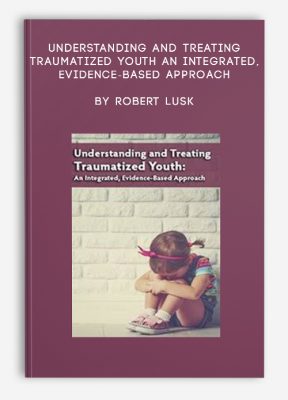
Understanding and Treating Traumatized Youth An Integrated, Evidence-Based Approach by Robert Lusk
**More information:
Get Understanding and Treating Traumatized Youth An Integrated, Evidence-Based Approach at Salaedu.com
Description
Recognizing and Overcoming the Effects of Trauma on a Young Brain
Each year in the United States, at least 5 million children are either victims of—or witnesses to—abuse, violence, or other forms of psychological trauma. Clinicians and educators are increasingly expected to address the needs of these young victims, but there are many different views of exactly how trauma affects youth and, thus, how it is best treated. Clues for understanding and integrating trauma treatment approaches may be found in current neurobiological research, which continues to show trauma’s damaging effects—some temporary, some permanent—on children’s brain development.
Professionals who work with traumatized children are challenged to stay current with developments in many different fields, from neuroscience to non-traditional treatment approaches, in order to give each individual child the best hope for healing.
This recording offers an understandable overview of the emerging neurodevelopmental and attachment-based perspectives on child trauma. This approach provides a unifying way of understanding and treating trauma using a variety of treatments based on the youth’s neurodevelopmental level and their current caregiver context. Watch and grasp what happens to the brain when a youth is severely traumatized and how to implement both traditional and non-traditional interventions to treat traumatized youth.
Discover how making intimidating neuroscientific research more user-friendly can be key to seeing improvement in even the most challenging cases.
INTRODUCTION
- Prevalence of psychological trauma in youth
- Common types of trauma
IMPACT AND EFFECTS OF TRAUMA
- Factors impacting the severity of the trauma response
- Long-term effects of interpersonal trauma
- “Trauma aftershocks,” and how professionals can start to have an impact
- The “good news” and “bad news” about the effects of trauma
ISSUES IN DIAGNOSIS
- Diagnosis of trauma responses
- Stress disorders (PTSD and Acute Stress Disorder)
- Dissociative disorders
- Other diagnoses related to trauma
- The “comorbidity” issue
- Proposed diagnostic changes in the DSM-V related to trauma
TRAUMA, DISSOCIATION, AND THE HYPERAROUSAL RESPONSE
- What the hyperarousal response means and how it works
- Dissociation and trauma
- Gender differences in response to trauma
- Fight, flight, and fright modes
- What happens in each mode
- Why youth can’t use coping skills when hyperaroused
- How hyperarousal can be “addictive”
THE NEUROBIOLOGICAL BASIS FOR THE EFFECTS OF TRAUMA
- Overview of the brain (as it relates to trauma and hyperarousal)
- Brain functions relevant to trauma treatment
- Effects of trauma on the brain
TRAUMA-FOCUSED TREATMENT: OVERVIEW
- Understanding issues in the first phase of trauma treatment
- The importance of education (of client, parents, teachers, and significant others)
- Grounding, coping, and healthy endorphin-releasing techniques for the first phase
- Helping the youth shift from a “survival brain” to a “learning brain”
- When is the youth ready for the second phase?
- Applying second phase principles in youth
- Adapting trauma processing techniques based on developmental level
- When is the youth ready for the third phase?
- Applying the principles of reintegration (third phase) with youth
- Family work and focusing on the future
- When is the third phase completed?
DIGGING DEEPER INTO TREATMENT: AN INTEGRATED, EVIDENCE-BASED APPROACH
- Current research evidence
- Trauma-Focused Cognitive-Behavioral Therapy (TF-CBT) and its variants
- Components of TF-CBT
- Creating the Trauma Narrative
- Cognitive processing in TF-CBT
- The Neurosequential Model of Therapeutics (NMT)
- Overview of NMT
- Principles of NMT
- NMT interventions for different developmental levels
- The ARC Model: Attachment, Regulation, & Competency
- Key building blocks in the ARC model
- The Attachment domain
- The Self-regulation domain
- The Competency domain
- Trauma integration in the ARC model
MEDICATIONS FOR TRAUMA SYMPTOMS IN YOUTH
- Recent research
- Recommended medications for complex trauma and comorbid disorders in youth
- Concerns, issues, and limitations of medications for trauma
ADDITIONAL MATERIAL PROVIDED IN THE COURSE MANUAL:
- Appendix A: General Principles of Trauma-Informed Intervention
- Appendix B: Assessment of Trauma and Developmental Level
- Areas to cover and tools to use in a trauma assessment
- Important, often overlooked, components of a trauma assessment
- How to determine types of interventions to use
More information about Medical:
Medicine is the science and practice of establishing the diagnosis, prognosis, treatment, and prevention of disease.
Medicine encompasses a variety of health care practices evolved to maintain and restore health by the prevention and treatment of illness.
Contemporary medicine applies biomedical sciences, biomedical research, genetics, and medical technology to diagnose, treat, and prevent injury and disease,
typically through pharmaceuticals or surgery, but also through therapies as diverse as psychotherapy, external splints and traction, medical devices, biologics, and ionizing radiation, amongst others.
Medicine has been around for thousands of years, during most of which it was an art (an area of skill and knowledge) frequently having connections to the religious and
philosophical beliefs of local culture. For example, a medicine man would apply herbs and say prayers for healing, or an ancient philosopher and physician would apply bloodletting according to the theories of humorism.
In recent centuries, since the advent of modern science, most medicine has become a combination of art and science (both basic and applied, under the umbrella of medical science).
While stitching technique for sutures is an art learned through practice, the knowledge of what happens at the cellular and molecular level in the tissues being stitched arises through science.
1 review for Understanding and Treating Traumatized Youth An Integrated, Evidence-Based Approach by Robert Lusk
Add a review Cancel reply
Related products
HEALTH - FITNESS - LIFESTYLE - MEDICAL
HEALTH - FITNESS - LIFESTYLE - MEDICAL
HEALTH - FITNESS - LIFESTYLE - MEDICAL
HEALTH - FITNESS - LIFESTYLE - MEDICAL
HEALTH - FITNESS - LIFESTYLE - MEDICAL
HEALTH - FITNESS - LIFESTYLE - MEDICAL
HEALTH - FITNESS - LIFESTYLE - MEDICAL
HEALTH - FITNESS - LIFESTYLE - MEDICAL



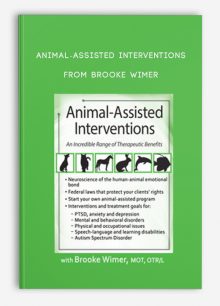
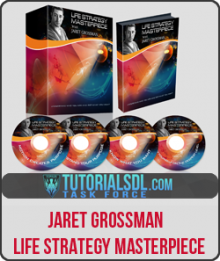

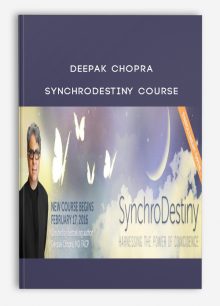
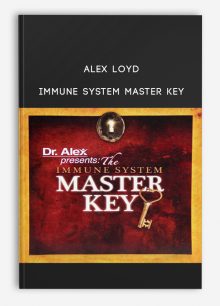

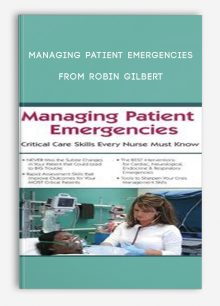
Trevis Trevis –
We create this shop with the mission: Bring the courses to 500 millions of people in the world, to help them awake their power and change their